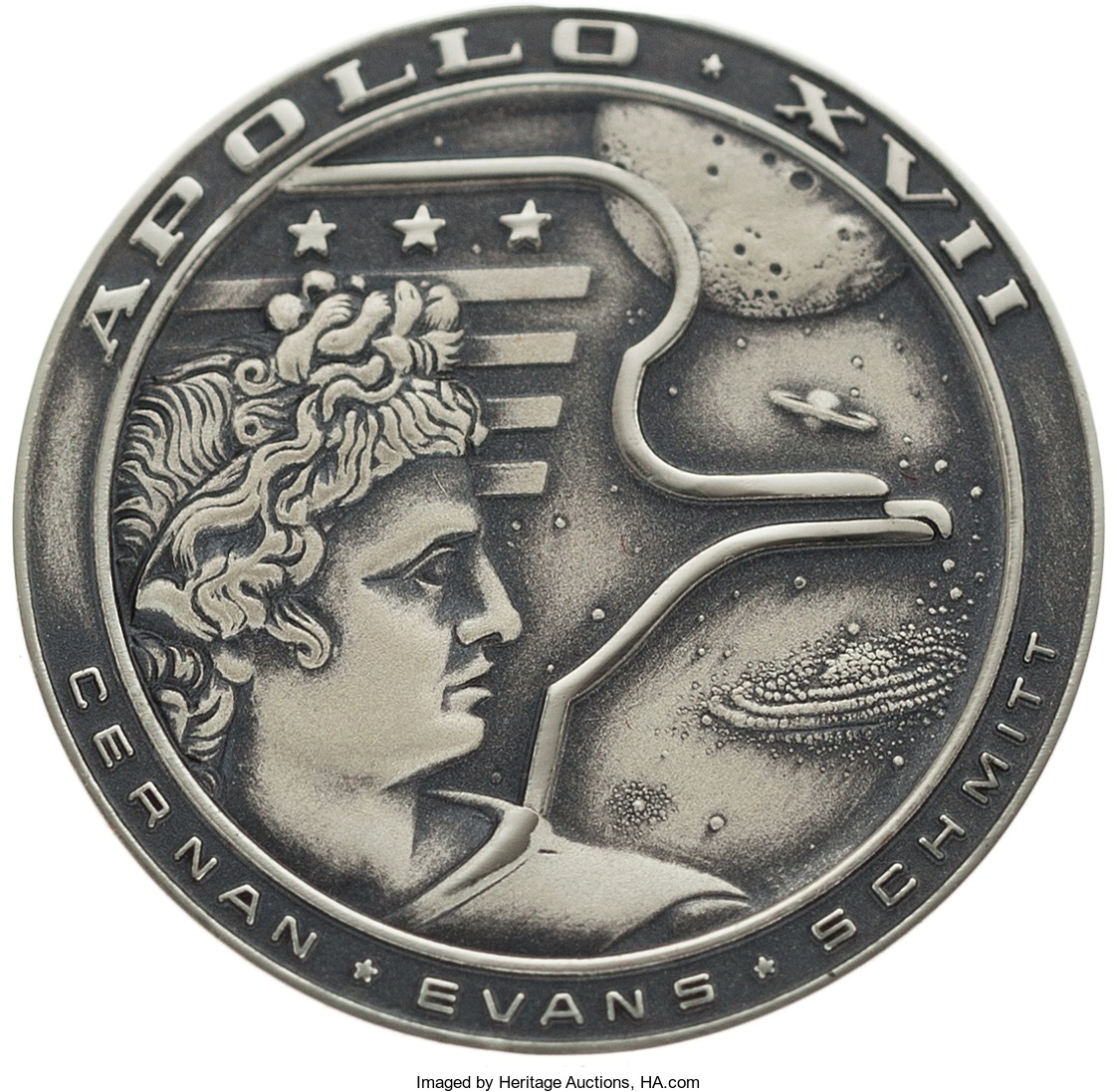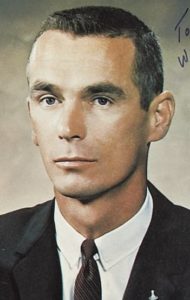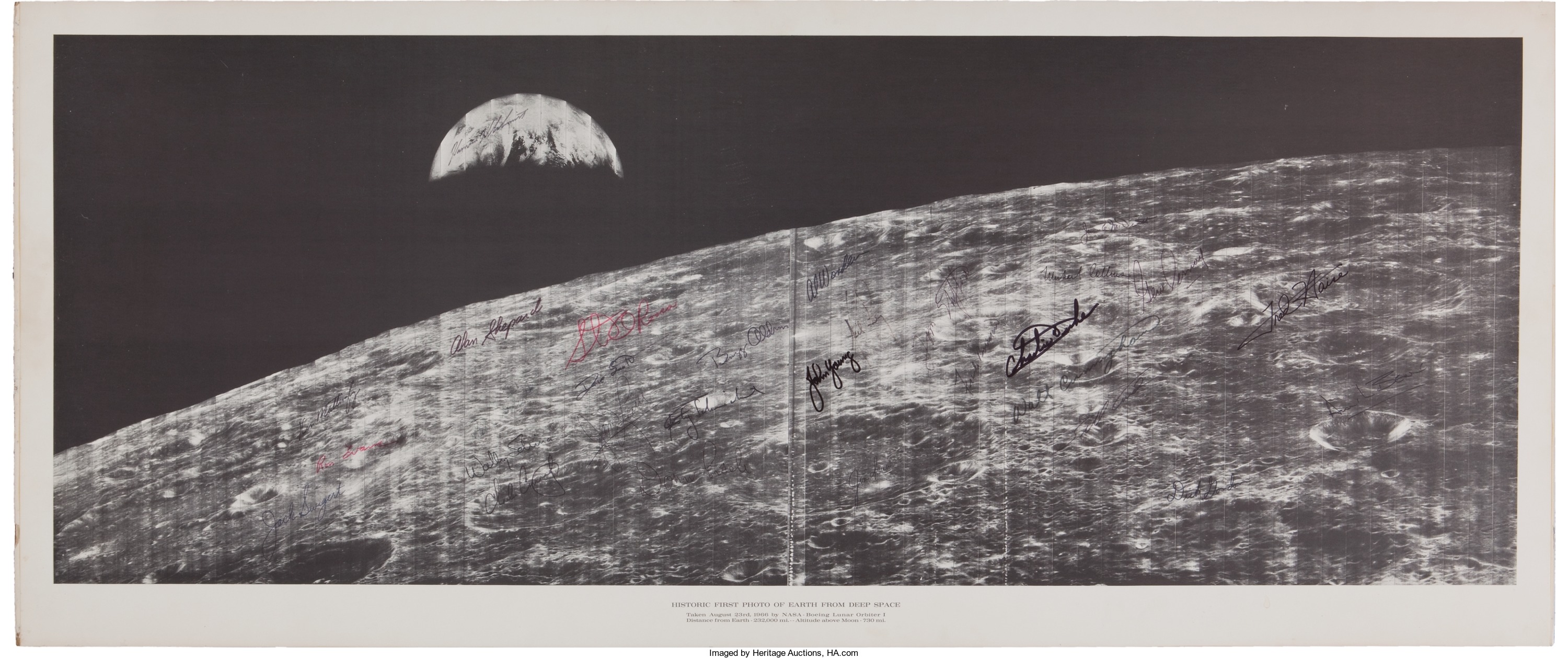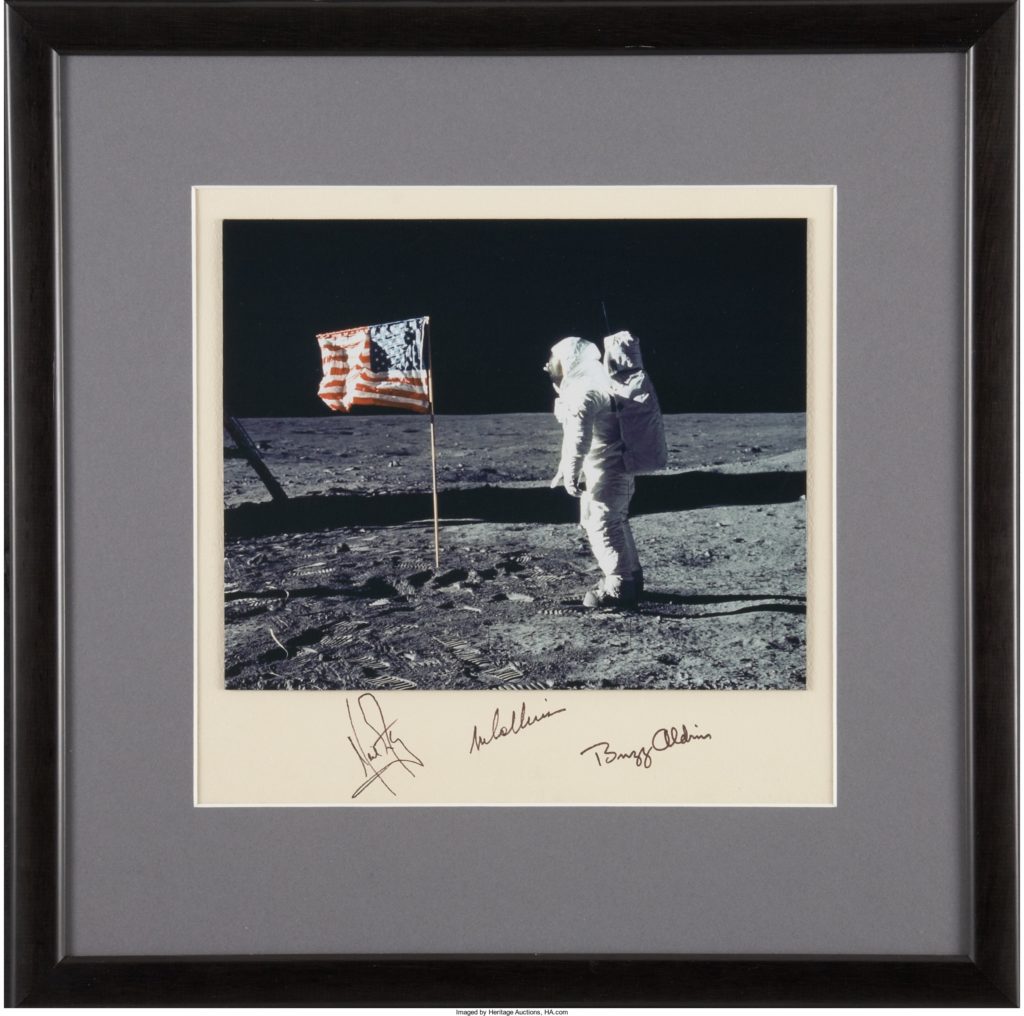
By Jim O’Neal
On Jan. 16, 2017, Eugene Andrew Cernan, the last NASA astronaut to walk on the surface of the moon, died in a Houston hospital. His historic flight on Apollo 17 lasted from Dec. 7 to Dec. 19, 1972, and man has not been back since then. Cernan was 82 years old and the first astronaut to be buried at Texas State Cemetery.
Eight space missions visited the moon between 1968 and 1972 as part of NASA’s Apollo program. Each mission carried three American astronauts inside a spacecraft launched by a Saturn V rocket. Apollo 8 was used to test the spacecraft as it orbited the moon. Then, in a dress rehearsal prior to landing, Apollo 10 flew close to the lunar surface.

The first of the six missions that successfully landed on the moon was Apollo 11 in 1969. Astronauts Neil Armstrong and Buzz Aldrin touched down in July of that year, with Armstrong the first to actually walk on the lunar surface. Just 27 daredevil astronauts made that same remarkable trip and a total of 12 walked on the cratered, lifeless surface.
The Apollo astronauts were blasted into space inside the nose cone of the largest rocket ever built, the Saturn V. It was designed by Wernher von Braun and Arthur Rudolph at Huntsville, Ala., and remains the tallest, heaviest and most powerful rocket brought into full operational status. It was developed as “Operation Paperclip,” a special program using German rocket engineers and approved by President Harry S. Truman in 1945 to leverage their expertise in building Nazi Germany’ V-2 rocket.
Von Braun had started in the U.S. Army after World War II and then transferred when the National Aeronautical and Space Administration was established in 1958 in response to the Russian Sputnik panic. He then became director of NASA’s Marshall Space Flight Center, where they designed the Saturn V. After President John F. Kennedy’s promise to land a man on the moon, von Braun and his team ensured that the United States would win the space race against the Soviet Union.
The giant Saturn V rocket – 40 feet taller than the full Statue of Liberty – consisted of three rockets in one. The first two stages lifted the Apollo spacecraft into space and the third stage put Apollo on course after reaching low Earth orbit. Apollo also had three sections: command, service and lunar modules. All were linked together for the 250,000-mile journey. Once there, the lunar module took two astronauts to the moon’s surface and back. All three astronauts then returned to Earth in the command module. Its conical shape allowed it to withstand the heat of reentry into Earth’s atmosphere for an easy splashdown.
Each night, the moon looms over Earth, peering down and wondering when to expect the next visitors. Perhaps it will be Mars instead. Space … the final frontier!
 Intelligent Collector blogger JIM O’NEAL is an avid collector and history buff. He is president and CEO of Frito-Lay International [retired] and earlier served as chairman and CEO of PepsiCo Restaurants International [KFC Pizza Hut and Taco Bell].
Intelligent Collector blogger JIM O’NEAL is an avid collector and history buff. He is president and CEO of Frito-Lay International [retired] and earlier served as chairman and CEO of PepsiCo Restaurants International [KFC Pizza Hut and Taco Bell].


